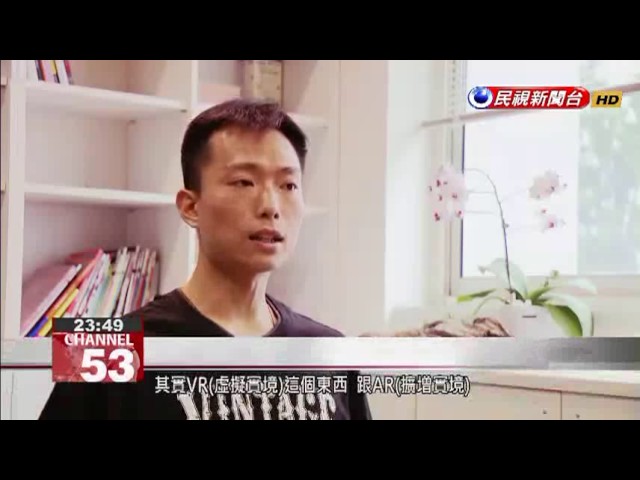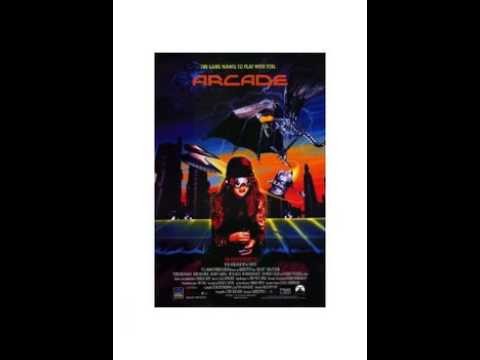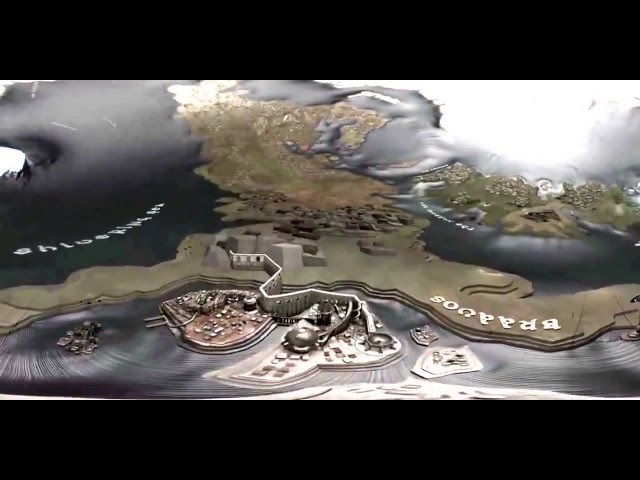Virtual reality has become a hot topic in recent years. The technology has been applied widely to video games, entertainment and shopping. With a VR headset, shoppers can visualize the furniture in their own home. Now VR technology is gradually being extended to other fields. A local hospital is taking on the challenge of incorporating VR in medical education, starting with Taiwan”s world famous cleft palate surgery. Our Sunday special report.Dr. Chen Kuo-ting of Chang Gung Craniofacial Center is operating on a cleft lip patient. Besides other medical staff, there are also several cameras inside the operation room. Dr. Chen’s each and every move is captured on camera from several different angles. The elaborate setup is not aimed at making an educational film about the surgery. It is an attempt to introduce virtual reality to the classroom. Dr. Chen Kuo-TingChang Gung Craniofacial CenterThe time a patient spends under anesthesia should be kept to a minimum, especially for young patients. We hope that each operation will end quickly. So there’s only a short time for physicians in training to practice. They can’t ask me to pause the operation; they can’t tilt the patient’s head around to observe it from different angles. In fact, we already had this idea when video games first became popular. The best thing about video games is that you can always start again if you fail. But you can’t start again with a real patient. If you make a wrong cut, it is irreversible. With video games, you can repeat the same move 100 or 200 times. Now this new virtual reality technology can assist us. We can finally realize our original idea. Arcade games were using virtual reality technology as early as the 1990s. Since then, the idea has been utilized in all kinds of video games and virtual reality theaters. By 2015, the technology had matured and its price had fallen, paving the way for more and more widespread usage. Bao Cheng-hsun Digital Animation CompanyEveryone is talking about virtual reality and augmented reality now, mostly in the context of science museums or educational excursions. You can wear a VR headset for a new visual or shopping experience. Teng An-tzu Biotechnology CompanyWe are a biotechnology company with many collaboration and research projects with doctors from different hospitals. One time when I was chatting to a resident physician, I got this idea. Nowadays surgeons have fewer opportunities to practice operating, but surgery really needs constant practice. That’s why we came up with the idea of using virtual reality to help young doctors practice their skills in a simulated environment.To reach the goal of using VR technologies in cleft palate surgery education, Deng An-chi decided to seek help from an animation company. For animation specialists, it’s easy to create the interior of an operation room. But making a virtual patient is a real challenge, since they have little idea of human anatomy, let alone what happens to a body when it’s cut open by a scalpel.Chou Yu-ChenR&D, Digital Animation CompanyFor example, now we need to animate internal tissue. In previous animations, we would only make a layer of skin, there was no need to animate the deeper tissue. But now we need to animate every detail, including teeth. For example, cleft palate patients sometimes also suffer from crooked teeth, we need to try to simulate that. Animators need sufficient reference material to make an accurate simulation, which we would normally find online, but in this case that may be impossible.The animators consulted doctors and referred to medical textbooks, trying to create life-like patients on the operating table. After more than a year, their hard work has paid off with some satisfactory initial results. Dr. Chen Kuo-TingChang Gung Craniofacial CenterNow with this VR software, even doctors in Africa can use it to start practicing there, just as if I was teaching them. So its influence on our medical education is actually even greater than the impact of having foreign surgeons come here to train. Technology can support our medical education needs, so that’s why we decided to work with animation professionals to develop this software. Although it will still take a while for the software to be fully incorporated in classrooms, it proves that VR is a new option for medical education.




